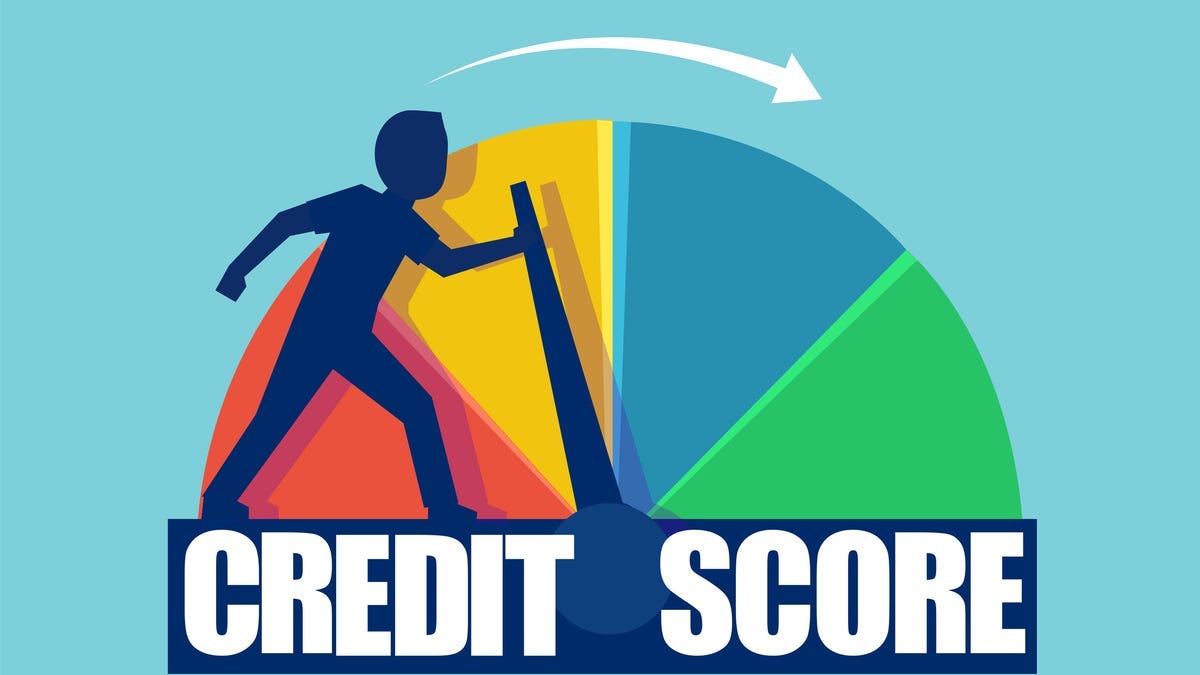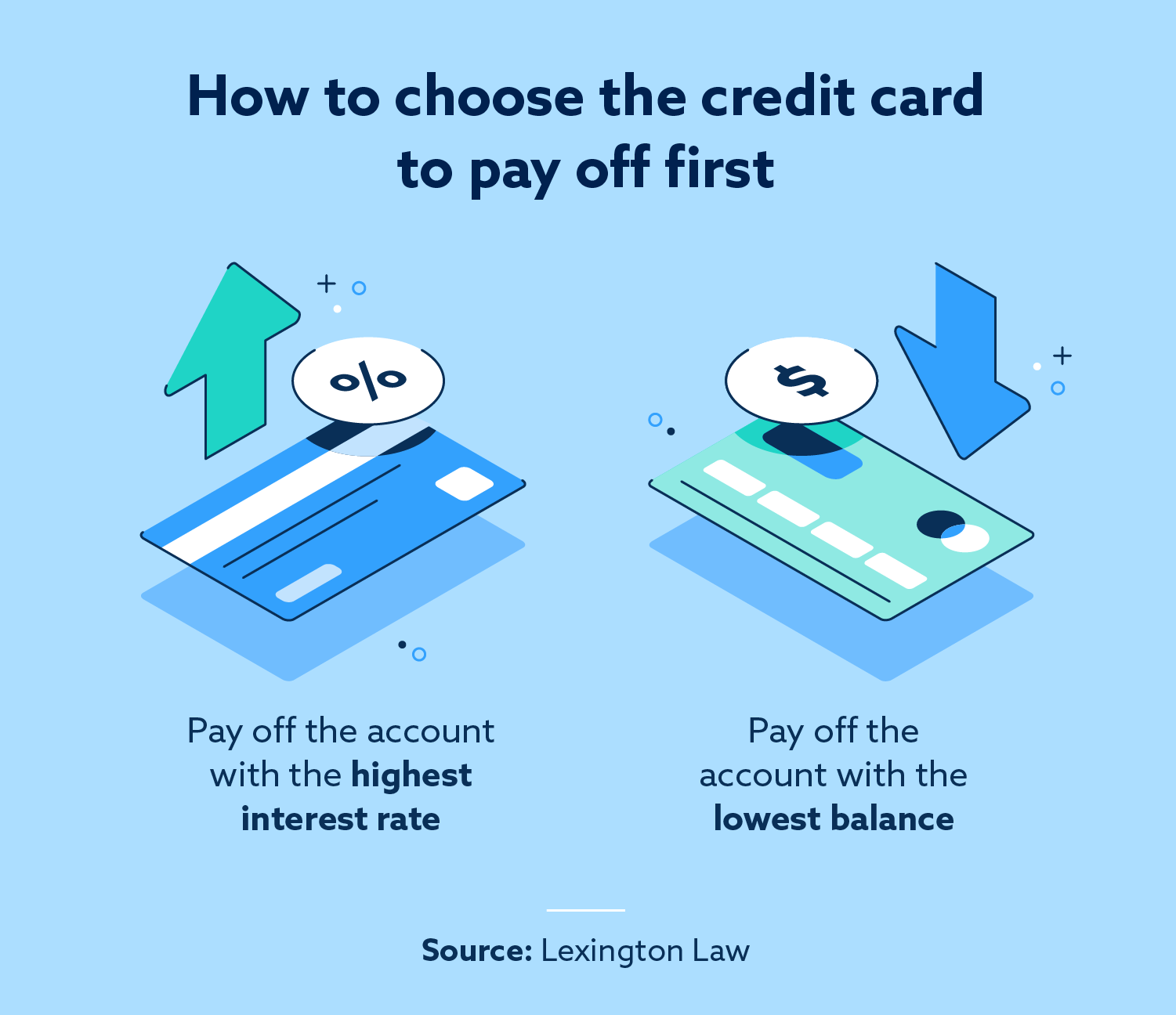To fix awful credit, start by reviewing your credit report for errors. Then, create a realistic budget and make timely payments to rebuild your credit.
Struggling with awful credit can be overwhelming, but there are steps you can take to improve your situation. Begin by obtaining a copy of your credit report to identify any errors that may be impacting your score. From there, create a manageable budget and prioritize making timely payments to begin rebuilding your credit.
Additionally, consider working with a credit counselor or seeking out reputable credit repair services to further assist you on your journey to better credit. With dedication and a strategic approach, it is possible to fix awful credit and pave the way toward a brighter financial future.
The Impact Of Bad Credit
Repairing terrible credit is crucial to improving financial stability and gaining access to better opportunities. By creating a realistic budget, disputing errors on credit reports, and consistently making payments, individuals can gradually rebuild their creditworthiness and secure a brighter financial future.
Daily Life Complications
Bad credit can have a significant impact on your daily life. It affects various aspects, making even the simplest tasks more challenging. Let’s take a closer look at some of the daily life complications caused by bad credit.
- Difficulty in Renting or Buying a Home: With bad credit, finding a place to live becomes a daunting task. Landlords and mortgage lenders often check credit scores, and a low score can result in rejection or higher interest rates.
- Limited Access to Credit: Bad credit restricts your ability to obtain credit cards, loans, or other forms of credit. This limitation can make it difficult to handle unexpected expenses or emergencies.
- Higher Insurance Premiums: Insurance companies consider credit scores when determining premiums. Poor credit can lead to higher rates for auto, home, or even health insurance.
- Employment Difficulties: Some employers review credit histories during the hiring process. Bad credit might raise concerns about financial responsibility, potentially impacting your job prospects.
- Utility Service Challenges: Utility companies may require a security deposit or charge higher rates for customers with bad credit. This can make it harder to set up essential services like electricity, water, or internet.
Long-term Financial Health
Aside from the immediate complications, bad credit can also have long-term consequences for your financial health. Let’s explore how bad credit can impact your long-term financial well-being.
- Higher Interest Rates: When you have bad credit, lenders see you as a higher risk. As a result, they may charge higher interest rates on loans or credit cards. This means more money spent on interest and less available for savings or investments.
- Difficulty in Getting Approved for Loans: Bad credit makes it harder to get approved for loans, such as mortgages or car loans. If you do get approved, the terms may be less favorable, making it more challenging to achieve your financial goals.
- Limited Financial Opportunities: Bad credit closes doors to various financial opportunities, such as starting a business or investing in real estate. These opportunities often require access to credit, which becomes challenging with a poor credit history.
- Emotional Stress and Strained Relationships: Dealing with bad credit can lead to emotional stress and strain relationships, especially when financial matters become a source of tension. It’s essential to address and resolve credit issues to alleviate this burden.
Starting Point: Know Your Credit Score
The starting point for fixing awful credit is to know your credit score. Your credit score is a three-digit number that represents your creditworthiness. It’s a crucial piece of information that lenders use to assess your ability to manage credit responsibly. Understanding your credit score is essential for taking the necessary steps to improve it.
Getting Your Credit Report
To begin the process, request a copy of your credit report from all three major credit bureaus: Equifax, Experian, and TransUnion. You’re entitled to one free report from each bureau annually. Reviewing these reports will provide a comprehensive overview of your financial history, including any outstanding debts, late payments, or collection accounts.
Understanding Credit Score Ranges
Credit scores typically range from 300 to 850. A score above 700 is generally considered good, while anything below 600 may be deemed poor. It’s important to understand where your score falls within this range, as it will determine the strategies you’ll need to employ to raise it. Knowing your credit score range enables you to set realistic goals for improvement and track your progress over time.
Strategy 1: Debt Reduction
Strategy 1 for fixing awful credit is debt reduction. By carefully managing and paying off your debts, you can improve your credit score and financial standing. This strategy involves creating a budget, prioritizing your debts, and making consistent payments to reduce your overall debt load.
Creating A Budget
One of the first steps in reducing debt is to create a budget. A budget is a financial plan that helps you keep track of your expenses and income. Start by listing all your expenses for the month, including bills, groceries, and entertainment. Then, compare your expenses to your income. If you’re spending more than you’re earning, it’s time to make some changes. Look for areas where you can cut back on expenses, such as eating out or subscription services. By creating a budget and sticking to it, you’ll be able to reduce your debt and take control of your finances.The Snowball Vs. Avalanche Method
Once you have a budget in place, it’s time to start paying off your debt. There are two popular methods for reducing debt: the snowball method and the avalanche method. The snowball method involves paying off your smallest debts first and working your way up to your largest debts. This method can be motivating because you see progress quickly. The avalanche method involves paying off your debts with the highest interest rates first. This method can save you money in the long run, but it may take longer to see progress. Consider which method is best for your situation and start paying off your debts.Debt Reduction Strategies
Reducing your debt is all about making small changes that add up over time. Consider these debt reduction strategies:- Reduce your expenses by cutting out unnecessary purchases
- Consolidate your debts into one loan with a lower interest rate
- Negotiate with creditors for lower interest rates or payment plans
- Use cash instead of credit cards for purchases
- Find ways to earn extra income, such as freelancing or selling items you no longer need
Strategy 2: Timely Bill Payments
Timely bill payments play a crucial role in fixing awful credit. Late payments can negatively impact your credit score, making it difficult to obtain loans or credit cards in the future. Setting up automatic payments or reminders can help ensure that bills are paid on time and improve your credit over time.
If you have a bad credit score, one of the best ways to improve it is by ensuring you make timely bill payments. Your payment history accounts for 35% of your credit score, making it one of the most critical factors. When you pay your bills on time, you show lenders that you are responsible and can be trusted with credit. Here are two ways to ensure you make timely payments:Setting Up Reminders
Forgetting to pay bills can happen to anyone, especially if you have several bills to pay each month. Setting up reminders is an excellent way to ensure you don’t forget to pay your bills. You can use a physical calendar or a digital one to mark your due dates. You can also set up reminders on your phone or email using apps like Google Calendar, Trello, or Todoist. These apps can send you notifications a few days before the due date, ensuring you have enough time to make the payment.Automating Payments
Another way to ensure timely bill payments is by automating them. Many banks and credit card companies allow you to set up automatic payments for your bills. You can choose to pay the minimum amount or the full amount, depending on your preference. Automating your payments ensures you never miss a payment, and you don’t have to worry about remembering due dates. However, it’s essential to ensure you have enough funds in your account to cover the payments, or you risk overdraft fees and other charges. In conclusion, making timely bill payments is a crucial part of improving your credit score. By setting up reminders or automating your payments, you can ensure you never miss a payment and show lenders that you are responsible with credit.Strategy 3: Credit Utilization Adjustment
One effective way to fix awful credit is by adjusting your credit utilization. Credit utilization refers to the amount of credit you are using compared to the total credit available to you. It is an important factor that affects your credit score. By keeping balances low and increasing your credit limits, you can improve your credit utilization ratio and positively impact your credit score.
Keeping Balances Low
Keeping your balances low is crucial for improving your credit utilization ratio. When your balances are high, it indicates that you are using a significant portion of your available credit, which can negatively impact your credit score. By reducing your balances, you can decrease your credit utilization ratio and demonstrate responsible credit management.
Here are some tips to help you keep your balances low:
- Pay more than the minimum amount due each month
- Avoid using your credit cards for unnecessary purchases
- Create a budget and stick to it to manage your expenses
- Consider using cash or debit cards instead of credit cards for certain transactions
Increasing Credit Limits
Another effective strategy to improve your credit utilization is by increasing your credit limits. By increasing your credit limits, you can have a larger available credit, which can lower your credit utilization ratio. However, it is important to use this strategy responsibly and not to increase your credit limits solely for the purpose of spending more.
Here are some steps you can take to increase your credit limits:
- Contact your credit card issuers and request a credit limit increase
- Provide evidence of responsible credit management, such as a good payment history
- Consider opening a new credit card with a higher credit limit
- Use your credit cards regularly and make timely payments to demonstrate creditworthiness
By implementing these strategies, you can make significant improvements to your credit utilization ratio and ultimately improve your credit score. Remember to be patient and consistent with your efforts, as it may take some time to see noticeable results.

Credit: fastercapital.com
Strategy 4: Deal With Collections Wisely
Dealing with collections wisely is a crucial strategy to fix awful credit. Negotiating with collection agencies and paying off debts can improve credit scores. It’s important to prioritize which debts to pay off first and communicate with creditors to avoid further damage to credit.
Understanding Collections
When it comes to dealing with collections, it’s crucial to understand how they impact your credit score.
Collections occur when you fail to pay a debt, and the creditor sends it to a collection agency to recover the amount owed.
Knowing the ins and outs of collections helps you strategize your approach to resolving them effectively.
Negotiating With Creditors
When negotiating with creditors, it’s essential to communicate openly and honestly about your financial situation.
Be proactive in reaching out to them to discuss repayment options that work for both parties.
Negotiating can help you settle the debt, establish a payment plan, or even negotiate a lower amount to pay off.
Strategy 5: Diversifying Credit
Strategy 5: Diversifying Credit is a crucial step in improving your credit score. By exploring various types of credit and knowing the right time to seek new credit, you can enhance your credit profile and overall financial health.
Types Of Credit To Consider
When diversifying credit, consider installment loans, credit cards, and mortgages.
The Right Time For New Credit
Timing is important. Only apply for new credit when you are financially stable.

Credit: www.cnet.com
Maintaining Good Credit Habits
To fix awful credit, it’s crucial to maintain good credit habits. Start by paying bills on time, keeping credit card balances low, and monitoring your credit report regularly. Building a positive credit history takes time and discipline, but it’s essential for financial stability and future opportunities.
Regular Credit Monitoring
Check your credit report annually for errors.
Set up alerts for any suspicious activity.
Monitor your credit score consistently for changes.
Avoiding New Debt
Stick to a budget to avoid overspending.
Pay bills on time to prevent accumulating debt.
Avoid unnecessary purchases to maintain financial stability.

Credit: www.lexingtonlaw.com
Frequently Asked Questions
How To Fix Really Bad Credit?
To fix really bad credit, follow these steps: 1. Review your credit report for errors. 2. Pay bills on time and reduce debt. 3. Create a budget and stick to it. 4. Consider credit counseling or debt consolidation. 5. Build positive credit by using a secured credit card or becoming an authorized user.
Can I Ever Recover From Bad Credit?
Yes, you can recover from bad credit with time, responsible financial habits, and credit-building activities. Regularly paying bills on time, reducing debt, and using credit wisely can improve your credit score over time.
How Do I Clear My Bad Credit Score?
To clear your bad credit score, follow these steps: 1. Pay your bills on time and in full. 2. Reduce your credit card balances. 3. Correct any errors on your credit report. 4. Limit new credit applications. 5. Build a positive credit history over time.
How To Raise Your Credit Score 200 Points In 30 Days?
To raise your credit score 200 points in 30 days, focus on paying off debts, correcting errors on your credit report, and avoiding new credit inquiries. Additionally, consider becoming an authorized user on a creditworthy person’s account. Regularly monitor your credit score and maintain good financial habits.
Conclusion
Repairing your credit doesn’t have to be an overwhelming task. By following the steps outlined in this blog post, you can take control of your financial future and improve your credit score. Remember to regularly check your credit report, create a budget, make timely payments, and utilize credit responsibly.
With dedication and perseverance, you can fix your awful credit and pave the way for a brighter financial future. Take action today and start rebuilding your credit!






